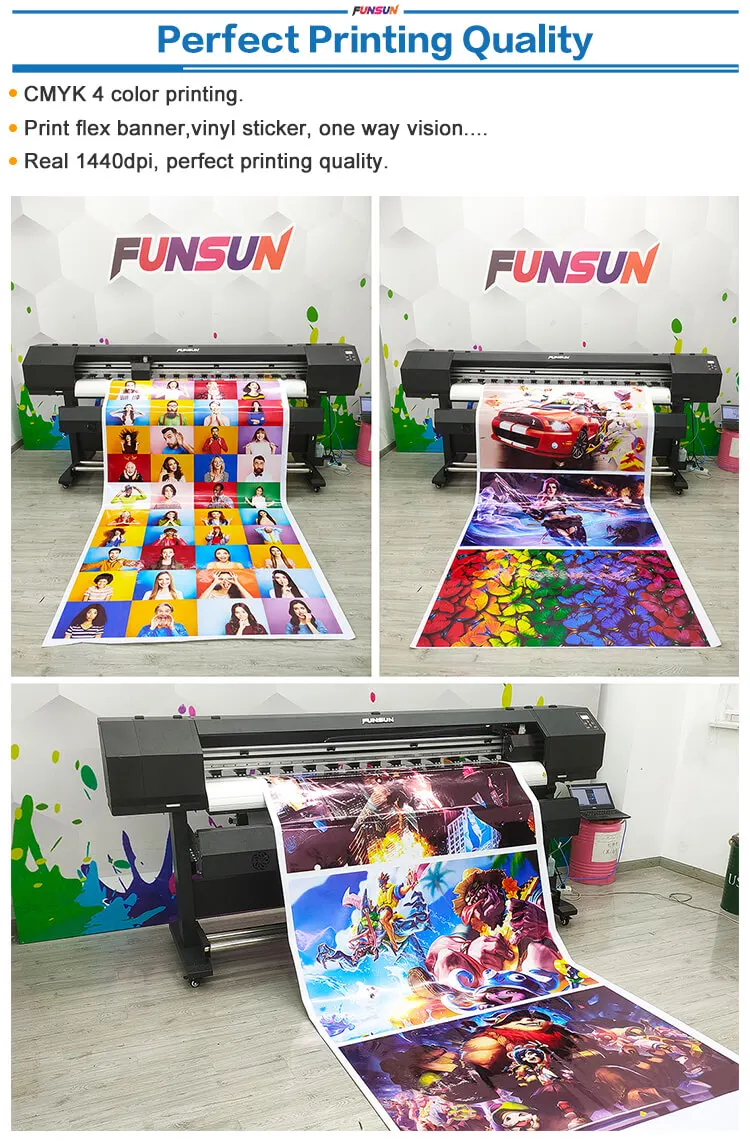The Buzz on Digital Printing
Table of ContentsTop Guidelines Of Digital PrintingThe Definitive Guide to Digital PrintingThe Single Strategy To Use For Digital PrintingDigital Printing Fundamentals ExplainedThe Of Digital PrintingSome Known Details About Digital Printing Everything about Digital PrintingThe Basic Principles Of Digital Printing
Customization additionally allows businesses to attract attention in a jampacked market by producing special advertising and marketing products that separate them from their rivals. Among the major benefits of electronic printing is the capacity to publish variable information. Each published piece can be distinct, allowing companies to produce customized advertising materials that speak directly to their target audience.Digital printing also allows for modification in the layout of advertising and marketing products. With electronic printing, companies can produce designs that are one-of-a-kind and tailored to their details requirements. This can include customized graphics, fonts, and formats that can aid to distinguish them from their competitors. Another benefit of electronic printing is the capability to print on need.
What Does Digital Printing Mean?
By publishing smaller amounts of advertising and marketing materials, services can reduce waste and prevent the requirement for excess stock. Digital printing is also flexible.
By using various materials and styles, businesses can produce one-of-a-kind marketing products that attract attention from their competitors and stand out from their target market. Digital printing also provides uniformity. With typical printing techniques, there is typically variation in between prints as a result of distinctions in ink coverage, pressure, and various other aspects.
This consistency can assist construct customer trust fund and reputation, showing that the company is devoted to supplying high-grade products. Uniformity is particularly crucial for organizations that intend to develop consumer trust fund and reputation. By guaranteeing that every print corresponds, services can reveal that they are committed to giving top quality materials and focusing on the information.
See This Report about Digital Printing

Furthermore, electronic printing creates less waste due to the fact that it can publish on need and in smaller amounts, lowering the requirement for excess stock and products. Digital printing also uses less power contrasted to standard printing techniques. Digital printers do not require as much power to operate, as they do not require to heat up as a lot or use as much power to run.
Some Known Incorrect Statements About Digital Printing

Balanced out printing calls for a plate for each and every shade published. Traditional balanced out printing is a print approach that uses aluminum plates to transfer ink onto a rubber sheet (typically referred to as a "blanket"). The picture is then rolled onto the printing surface. This printing approach is thought about "countered" because the ink is not transferred to the paper straight.
The 6-Minute Rule for Digital Printing
Countered printing permits for a broad array of print materials to be used during manufacturing. The premium photos created through countered printing make it the favored method, specifically among visuals developers, when seeking the biggest color reproduction, detail, and professional-looking prints.
For digital inkjet printing, ink is moved straight onto the surface area. Rather than depending on light weight aluminum plates and rubber coverings to transfer a picture, electronic printing makes use of liquid ink during production.
Getting My Digital Printing To Work
Due to the fact that countered printing can mix personalized color inks for each work, it will naturally obtain the shades spot-on. Count on balanced out printing for clean, distinctive kinds and pictures without streaks or areas.
It costs a lot to begin a countered job. You have to invest money right into developing the plates, which requires time. When you've spent it, all of the materials are all set to go, and you'll spend less on huge offset work than an electronic print, which is regarding the same per piece no matter just how big the work gets.
Digital printing is less pricey for low-volume jobs. The cost per system goes down for digital printing, so at some point, they crisscross. Altering details within a solitary print task.
What Does Digital Printing Do?
While electronic printing or inkjet printing is the favored option in the existing times, there are compelling reasons to convert from offset to digital printing systems. When publishing countered or electronically, important choices and procedures are included in color matching.
Industrial inkjet printing provides versatility for printing on numerous various substrates. Digital printing is perfect for customers that do not require longer runs and warehousing materials.

One benefit of digital printing is choosing from a vast array of electronic substrates. With balanced out printing, substratums comprise, on standard, 30% of the expense of the work. With digital printing, the price of the substrate in the general job is small. This permits more selections than ever, which benefits marketing professionals and businesses.
Little Known Questions About Digital Printing.
drop-on-demand is the second printing technology to think about. Constant inkjet systems require substantial upkeep, more operator training, and greater downtime. However, tools costs in inkjet printing are much reduced than offset printing as there are no plate-making, plates, and press costs. Beyond the capital expenditure, the prepress tools and printing presses require extremely skilled drivers in countered printing, which adds labor costs.